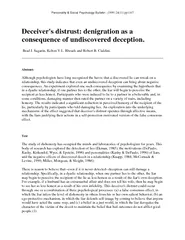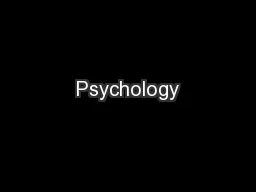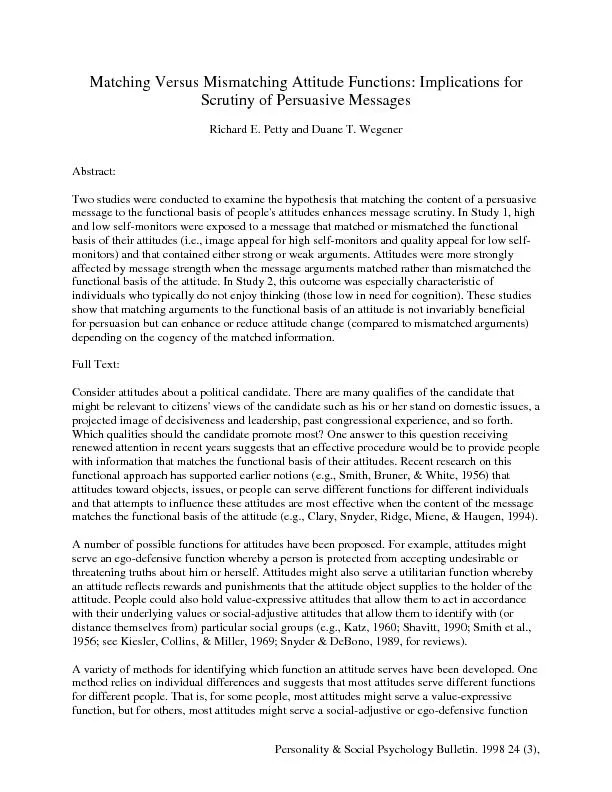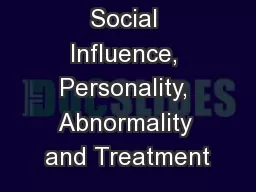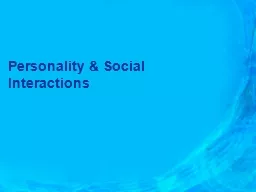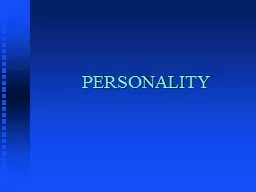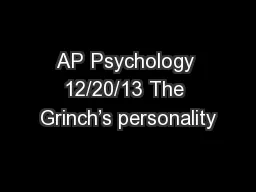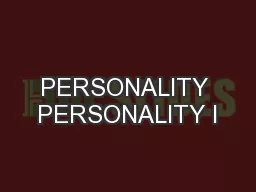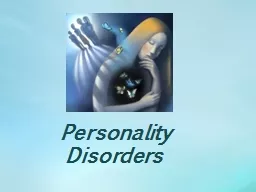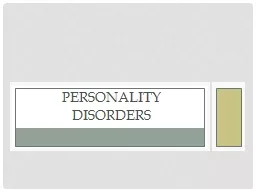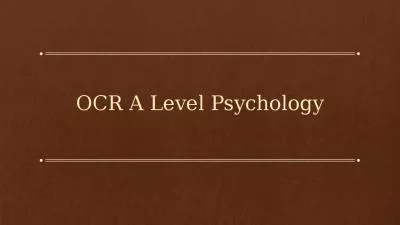PDF-Personality Social Psychology Bulletin pp Deceivers
Author : cheryl-pisano | Published Date : 2015-05-25
Brad J Sagarin Kelton VL R hoads and Robert B Cialdini Abstract Although psychologists have long recognized the havoc that a discovered lie can wreak on a relationship
Presentation Embed Code
Download Presentation
Download Presentation The PPT/PDF document "Personality Social Psychology Bulletin ..." is the property of its rightful owner. Permission is granted to download and print the materials on this website for personal, non-commercial use only, and to display it on your personal computer provided you do not modify the materials and that you retain all copyright notices contained in the materials. By downloading content from our website, you accept the terms of this agreement.
Personality Social Psychology Bulletin pp Deceivers: Transcript
Download Rules Of Document
"Personality Social Psychology Bulletin pp Deceivers"The content belongs to its owner. You may download and print it for personal use, without modification, and keep all copyright notices. By downloading, you agree to these terms.
Related Documents

